How to Handle a Popped Tire While Driving
You’re driving along, enjoying the day when the unthinkable happens — one of your tires suddenly becomes punctured and loses air pressure or pops and completely comes apart. First, don’t panic! There are a handful of things you can do to stay in control when your tire pops or fails. We’ve put together some tips to help you handle the situation and possibly prevent tire failures in the future.
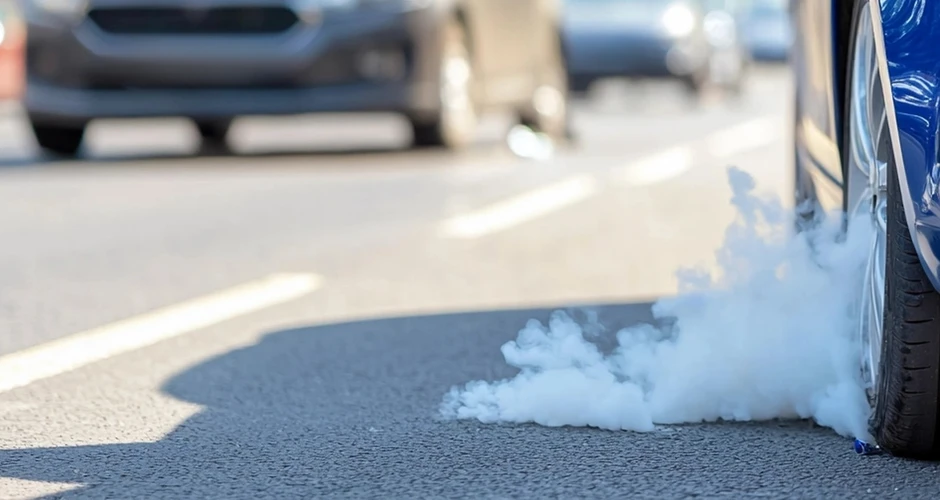
What Happens When Tires Burst or Fail
Many tire failures, like puncturing a tire on the freeway, may start with a loud bang followed closely by hissing as all the air escapes the tire. It can feel and sound like the tire exploded.
Once the air is gone, the rubber will make a smacking sound as it slaps the road and the inside of your wheel well. You might even see parts of your busted tire fly away from your car or truck. But that’s not the end of it. After all that noise and chaos, you’ll want to take quick action to remain in control as your vehicle shakes, rides rough, and pulls to the side of the popped tire.
Immediate Actions During a Tire Failure
To weather a popped tire, follow these quick tips.
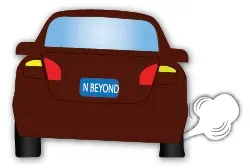
1. Stay Calm and Steer Straight
Don’t attempt to veer toward the side of the road, brake, or take any action immediately following a busted tire. Instead, do nothing except grip the wheel and take your foot off the accelerator pedal. By remaining calm and in control, a popped tire will simply be an inconvenience and a good story for your friends.
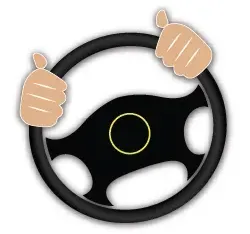
2. Maintain Control
Continue to grip the wheel firmly and stay in your lane while the vehicle shakes. Next, lightly tap on the accelerator and steer a bit against any pulling you feel from the failed tire.

3. Slow Down Gradually
Don’t hit the brakes hard. This can cause you to lose control as the wheel with the busted tire scrapes on the pavement. Instead, ease off the accelerator and allow the vehicle to slow down.
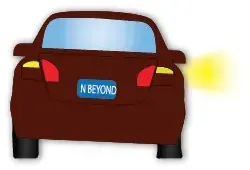
4. Pull Over Safely
Once you get to 30 miles per hour or so, tap on the brakes and carefully move toward the side of the road. Don’t forget to use your turn signals. Once you’ve stopped and are in a safe location, turn on your hazard indicators.

5. Secure the Vehicle
Engage your parking brake, shut off the vehicle, and breathe. Is everyone okay? Are you far enough off the side of the road? Do you have a spare tire?
Steps After Stopping
Once the excitement is over, follow these steps.
Assess the Situation
Once you’re safely out of traffic and it’s okay to do so, get out of your vehicle to check the flat tire and look for damage to your car or truck.
Decide Next Steps
If you have a spare tire, decide if it is safe to change it. If your punctured tire simply lost all pressure but is still intact, you may be able to use an inflator kit. If you plan to change to the spare, we have some tips on how to change a tire. If you’re unsure, call for roadside assistance or a tow truck.
If you have Les Schwab tires on your vehicle, your flat or popped tire may be eligible for replacement at any of our locations. That’s one of the many benefits of America’s Best Tire Warranty available only at Les Schwab.
Preventing Tire Failures
Tire failures can happen due to low tire pressure, potholes, and other road hazards, as well as overloading your vehicle with more weight than the tires can handle. Let’s look at some of the specifics.
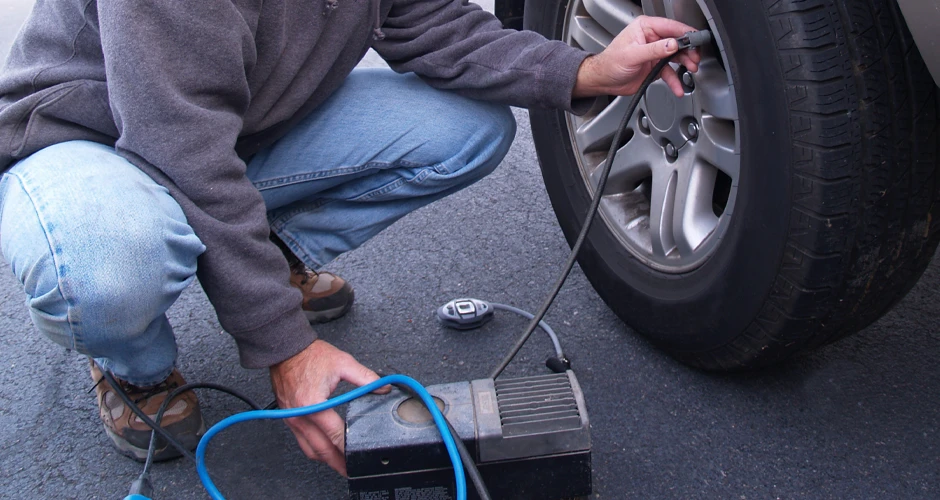
Maintain Proper Tire Pressure
To help your tires last longer, keep them properly inflated. Don’t forget to check and inflate the spare tire as needed. Do all your tires have valve caps? If not, add them. The Les Schwab Tire Warranty comes with free air checks. We’ll even top off the air pressure in your tires.
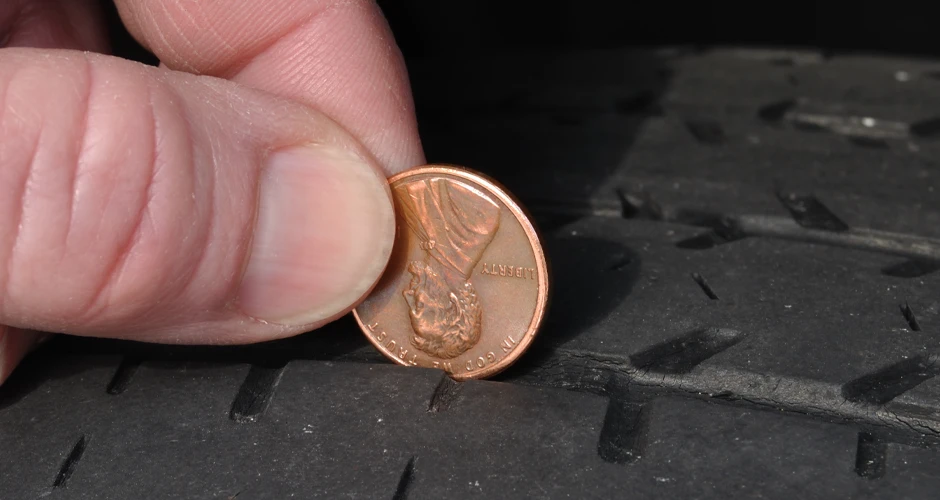
Inspect Tire Wear and Tread Depth
Periodically check the tread depth of your tires using the penny test. You're usually good as long as the tread is more than 2/32 inches deep. Also, check your tires for wear.
Rotate Tires Regularly
The Les Schwab Tire Warranty comes with free tire rotations every 5,000 miles to help you get the most life out of your tires.
Avoid Overloading Your Vehicle
Your vehicle and the tires you choose have a big impact on the amount of weight you can safely have in your vehicle. Overloading and low tire pressure can cause a tire to overheat, leading to tire failure.
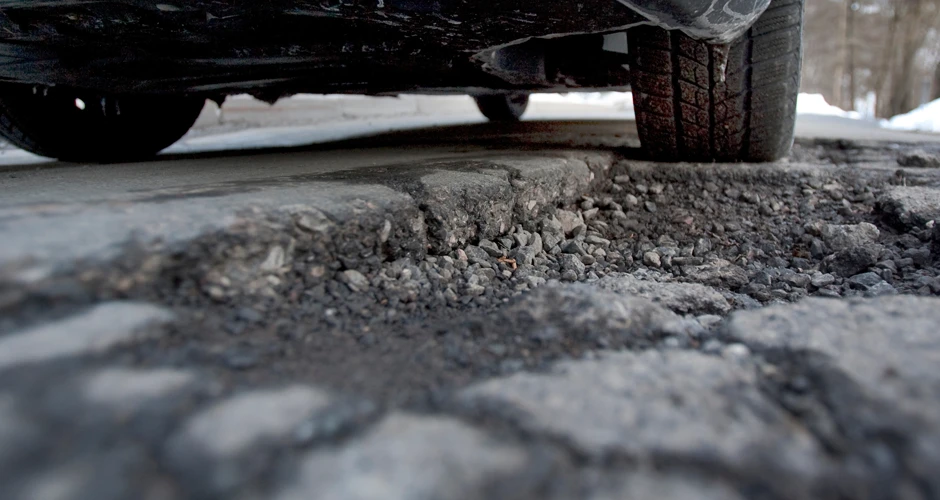
Slow Down Over Potholes
If you have to drive over a pothole, slow down and hold the steering wheel tight. Also, avoid running over curbs and other objects on the road.
Drive with Confidence: Les Schwab Puts Your Safety First
To avoid tire failures and get the most life out of your tires, get yours inspected and rotated regularly at Les Schwab. We’ll take a look at your tires and help ensure you’re ready for the road. Visit your local Les Schwab today for your free pre-trip safety check.
What you need to know

When Your Flat Tire May Need to Be Replaced
Some flat tires can be fixed and others cannot. Here’s how to tell the difference.
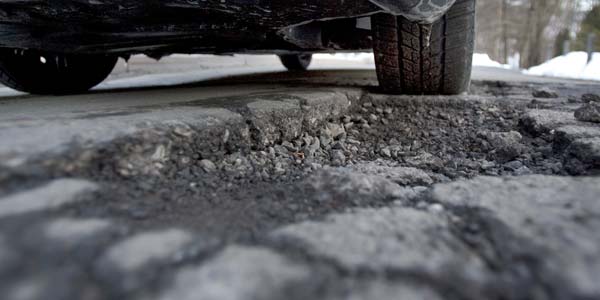
Does Hitting a Pothole Damage My Tires & Suspension?
Hitting a pothole can damage your tire, bend or crack your wheel and cause other damage. Here’s what to check after you hit a pothole.

Slow Tire Leak Causes & What to Do
Uncover the secrets behind slow tire leaks, including common causes like punctures and valve issues, and master the art of leak detection, repair, and prevention from Les Schwab.

